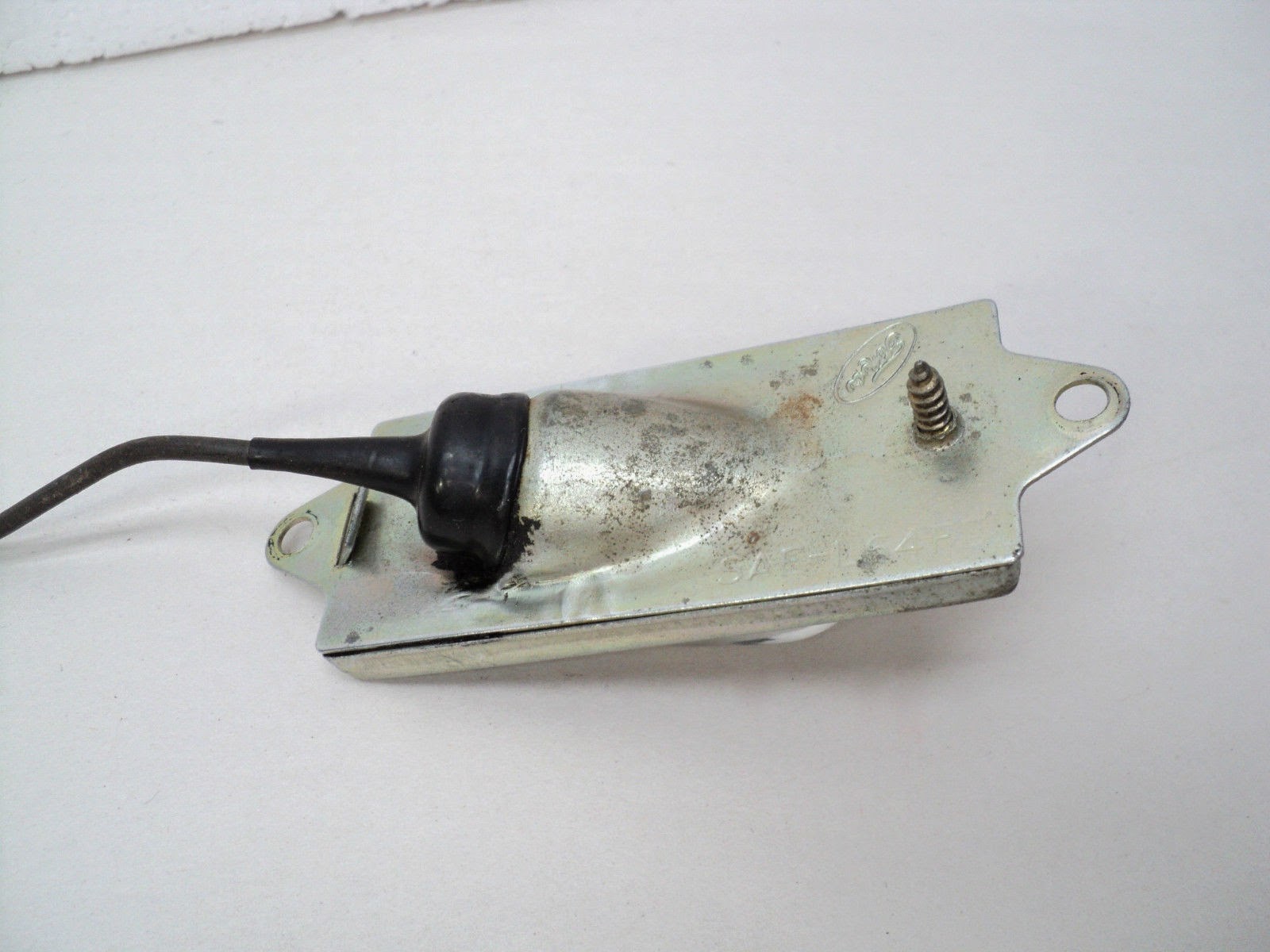Using the new bezel and lens rings, but the old lens, instrument cluster, optional gauges I will build a new instrument cluster that I hope looks close to original. To complete the process I need to do the following:
1. Cut holes in the new bezel for the optional gauges
2. Re-mount optional gauges on new bezel
3. Mount new gauge lens rings on old lens
4. Mount old primary cluster to new bezel
5. Mount completed instrument cluster in Old Blue
Cutting Holes in the New Bezel:
1. Cut holes in the new bezel for the optional gauges
2. Re-mount optional gauges on new bezel
3. Mount new gauge lens rings on old lens
4. Mount old primary cluster to new bezel
5. Mount completed instrument cluster in Old Blue
Cutting Holes in the New Bezel:
This task concerned me the most about the whole bezel replacement as I had read that you only get one shot at this and that many things can go wrong, from obvious misplacement to wrong hole size to cracking bezel plastic, etc. Also, there is no consensus on what size the hole should be. Bill at the FE forums shows the page from the shop manual that says these should be 2 3/16", other writers say they used 2 1/16" so I measured the existing holes as well as the gauge housing and I came up with 2 1/8" for both. I MEASURED 3 TIMES just to be sure !
It took a while to find a 2 1/8" hole drill for plastic as I did not want to spend $45 for some special made professional diamond coated bit and settled for OSH's craftsmen bit for $8.
I had spent a good deal of time anticipating HOW I would position the holes on the new bezel. I knew this was very important as I would be looking at the gauges for many years and if they were not aligned .. Hmmm ... well, hole placement on the bezel was actually very straight forward. The bezel had positioning points on the back for the optional gauge holes. I just turned the bezel over and after measuring the old holes AGAIN, I gently pressed the drill into the plastic and let the teeth do their work. On the first hole I did not apply enough pressure and the plastic started to melt rather than cut, when I noticed this I applied more pressure and the hole popped right out. I then cut the second hole with no incident.
 |
| Drilling the optional gauge holes in the DC Bezel |
Mounting the Optional Gauges:
The optional gauges slip through the front of the bezel and held in place by the gauge housing by 2 nuts secured to the same posts that the wires connect to. Make sure the gauges are straight before gently tightening the nuts with a 3/8" wrench, taking care not to over tighten and cracking the bezel.
 |
| Mount the gauge on the bezel by pushing gauge through front |
 |
| Newly painted rings on old lens |
Mount Old Gauge Cluster in the New Bezel:
Turn the bezel on its face and slip the lens in place, then mount the primary gauge cluster aligning the little tabs to ensure a tight fit. The cluster only fits one way the seven retaining screws hold firmly.
Mount the complete Instrument Cluster in the Dash:
Now comes the fun part, positioning the new bezel into the dash I re-connected the wiring from left to right checking against pictures I took before removing to unsure correct wiring; saving the speedometer cable until last and attaching this by reaching up behind the dash and turning the single nut until hand tight,.
Quite a difference !!!
 |
| Reassembled Bezel |
Mount the complete Instrument Cluster in the Dash:
Now comes the fun part, positioning the new bezel into the dash I re-connected the wiring from left to right checking against pictures I took before removing to unsure correct wiring; saving the speedometer cable until last and attaching this by reaching up behind the dash and turning the single nut until hand tight,.
 |
| !966 Instrument Cluster |
 |
| Old v. New |

















































